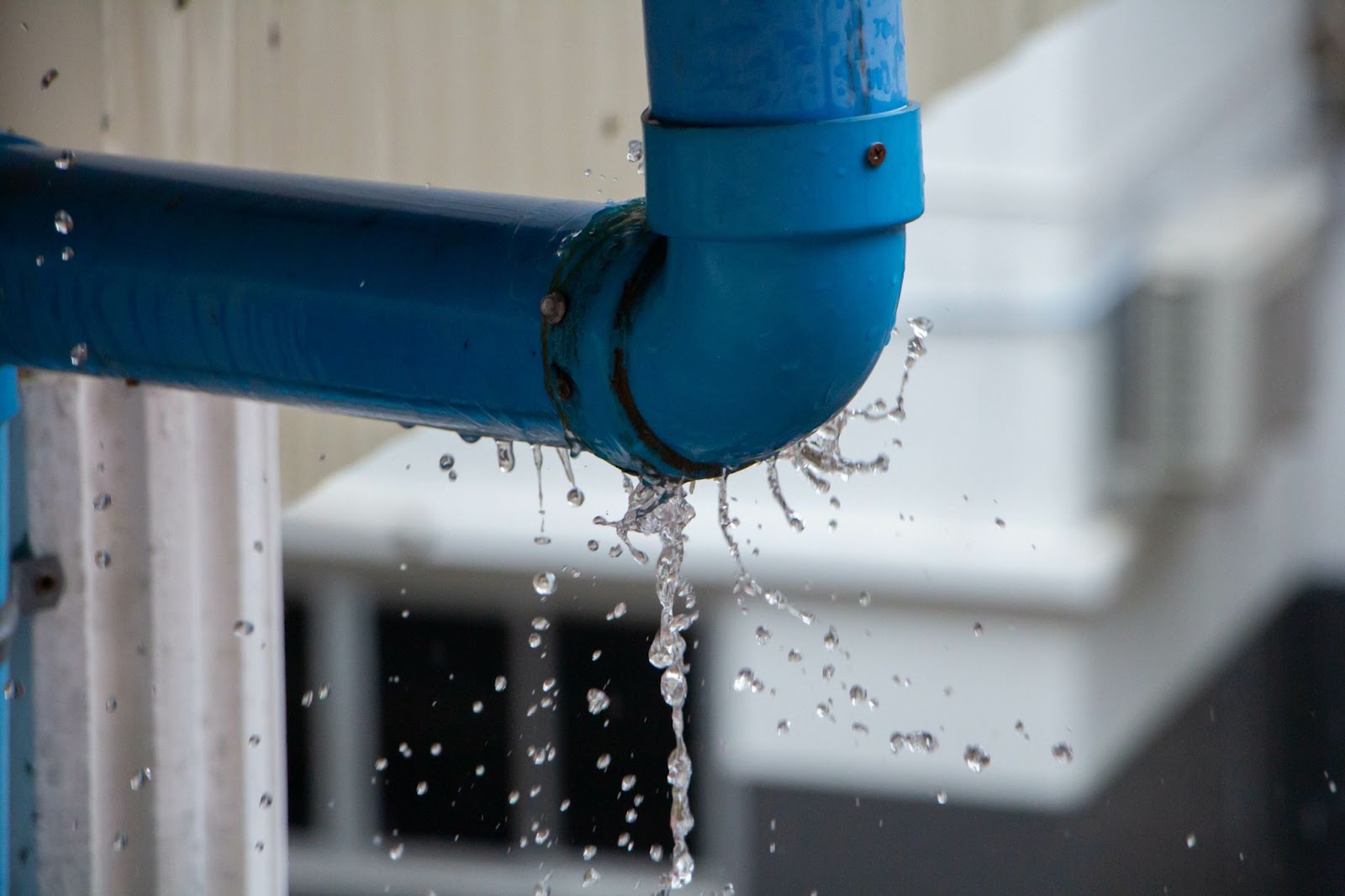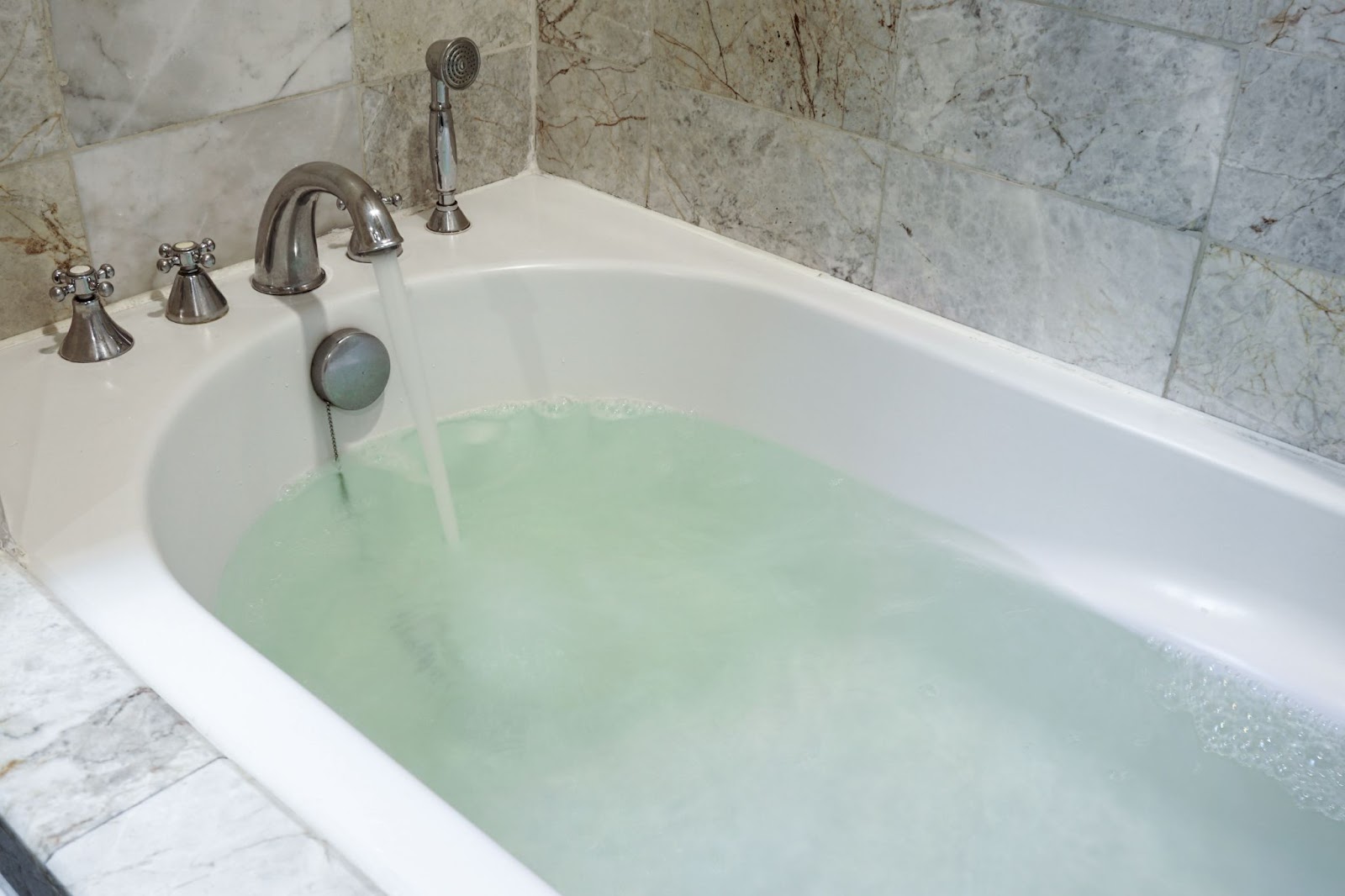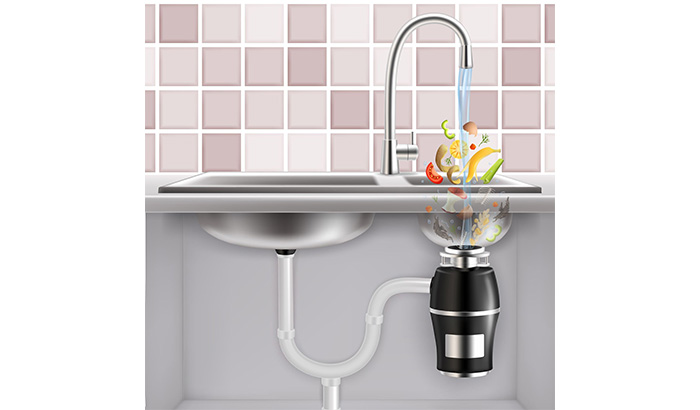Heating systems are evolving, with more efficient and innovative options coming into play, one of which is radiant heating. Radiant heating offers consistent warmth, improved air quality, and significant energy savings. It’s reshaping how we perceive indoor comfort.
But exactly what is radiant heating, and why is it garnering such attention? In today’s blog, we’re explaining how radiant heating works and what the installation process is like.
Whether you’re a homeowner seeking the next best thing in home comfort or simply curious about the buzz, this guide will illuminate the radiant wonders of this heating marvel.
What Is Radiant Heating?
When you think of home heating, you might first imagine forced-air systems with vents and the soft hum of an HVAC unit. But today, we have the option of radiant heating. It’s more subtle yet highly effective. Let’s dive into understanding this modern marvel.
Radiant heating works by directly heating the objects and people in a room through infrared radiation rather than warming the air. Imagine the sensation of sunlight streaming through a window on a cold winter day. Even if the air is chilly, the sunlight provides a comforting warmth. This principle is akin to how radiant heating operates.
Instead of using conventional means like radiators or vents that pump out warm air, radiant heating systems often utilize electric panels or water-filled tubes beneath floors, behind walls, or above ceilings.
As these elements heat up, they radiate warmth directly to objects and individuals in the room. The result? A consistent, evenly distributed warmth that many find more comfortable than traditional heating systems.
One of the standout advantages of this method is its silent operation. You’re granted a quieter living or working environment without fans or blowers. Plus, the absence of moving air means fewer airborne particles are circulated, which might relieve allergy sufferers.
Now that we’ve explained what radiant heating is, let’s look at the different types that are available.

Types of Radiant Heating Systems
1. Radiant Floor Heating
Radiant floor heating involves installing electric heating cables or water-filled tubes beneath the floor’s surface. When activated, these elements produce heat that radiates upward, warming any objects or people directly above. This results in an even distribution of warmth throughout the room, eliminating the cold spots often associated with other heating methods.
The heat distribution is more consistent, and the system operates silently, ensuring a peaceful living or working environment. Many homeowners appreciate the gentle, continuous warmth that radiant floor heating provides, likening it to the sensation of walking on sun-warmed tiles, even during the chilliest of winter days.
2. Radiant Panel Heating
Radiant panel heating provides warmth through panels mounted on walls or ceilings. The panels are made of aluminum since aluminum conducts heat well. They emit infrared radiation that directly heats the objects and people in a space.
This heating method is known for its efficiency, as the panels quickly reach their desired temperature, providing immediate comfort. Additionally, radiant panel heating offers a sleek, discreet design option, blending seamlessly into modern architectural styles.
With no moving parts, the system operates silently, making it an appealing choice for those seeking aesthetics and functionality in their heating solutions.
3. Radiant Ceiling and Wall Heating
Radiant ceiling and wall heating systems use panels or coils embedded in the ceiling or walls to emit infrared radiation. When heated, these elements radiate warmth downward or outward. This evenly and consistently distributes heat, eliminating the issue of cold spots in a room.
Benefits of Radiant Heating
When homeowners and builders seek efficient and comfortable solutions, radiant heating often emerges as a top contender. There are several standout benefits of this innovative heating method. Let’s take a closer look.
1. Energy Efficiency
Radiant heating systems minimize the heat loss that occurs with other systems, especially when warm air rises or escapes through uninsulated gaps.
Radiant systems operate at lower temperatures while still maintaining optimal comfort levels. This requires less energy, translating to noticeable savings on monthly energy bills. This efficiency cushions your wallet and leaves a smaller carbon footprint, underscoring radiant heating as an environmentally conscious choice.
2. Comfort and Consistent Heating
Anyone who’s experienced the gentle embrace of radiant heat can attest to its unparalleled comfort. Radiant heating systems provide an even distribution of warmth that radiates from the floor, wall, or ceiling, enveloping the room’s occupants in a steady, comfortable heat reminiscent of the natural warmth from sunlight.
3. Improved Air Quality
Traditional heating methods, particularly those that rely on forced air, stir up and circulate dust, allergens, and other airborne pollutants within a home.
With its lack of blowers and fans, radiant heating significantly reduces this air movement. This means fewer allergens and particles are dispersed, leading to cleaner, fresher air. This benefit can dramatically enhance indoor living quality for those with allergies or respiratory concerns, making spaces more health-friendly and comfortable.
Installation Process
Now that we’ve answered the question, “What is radiant heating?” It’s time to look at the installation process, so you’ll know what to expect if you choose radiant heating for your home.
1. Preliminary Assessments
Before the actual installation of a radiant heating system begins, a thorough preliminary assessment is crucial to ensure that the system is appropriate, effective, and efficient for the space in question.
This involves assessing the room(s) where the heating will be installed, considering floor materials, analyzing heat loss, and selecting the right system based on your budget and any future plans for expansion or renovations.
2. Installing the Heating Elements
Choose the Right System
After the preliminary assessment, you’ll choose the appropriate heating system: electric heating cables/mat systems or water-based tubing systems.
Then, you’ll prepare the subfloor by cleaning and leaving it, ensuring there’s no debris or uneven areas that would interfere with installation or heat distribution, and adding any necessary insulation layers to help direct the heat upward (and prevent downward heat loss).
Laying the Heat Element
For electric systems, the mats are rolled out across the floor. For loose cable systems, the cables are manually laid out in loops. Both systems adhere to spacing guidelines to ensure consistent heating.
Securing the Elements
Once laid out, the heating elements are secured in place. The mats or cables are often adhered to the subfloor using strips or adhesive for electric systems. In the case of hydronic systems, the tubes might be clipped into track systems or tied to reinforcing mesh.
Connections and Testing
All electrical connections are made, ensuring the cables or mats are linked to the thermostat and power source. For hydronic systems, tubes are connected to the central boiler system. Before sealing the floor, it’s essential to test the system. This ensures that everything is operational and that no leaks or malfunctions exist.
Encapsulation
Once testing is complete, the heating elements are encapsulated. This can be achieved using a layer of thin-set mortar or self-leveling concrete. This layer acts as a thermal mass, aiding in the even distribution of heat and preparing the floor for the final flooring material.
3. Finishing and Testing
The radiant heating is activated, ensuring all elements heat up evenly. Proper testing at this stage ensures the system is properly functioning and prevents costly corrections later on.

Get Your Radiant Heating System From Salisbury Plumbing
Ready to embrace the warmth and efficiency of radiant heating in your home? Contact Salisbury Plumbing, the trusted experts in radiant heating solutions. With years of experience and a reputation for excellence, we’ll ensure your home is wrapped in consistent, energy-efficient warmth.
Whether you’re considering an installation or seeking guidance on the best heating solution for your space, we’re here to illuminate your path. Reach out to Salisbury Plumbing today and take the first step towards a cozier, more sustainable home.






